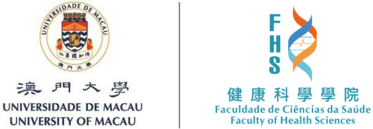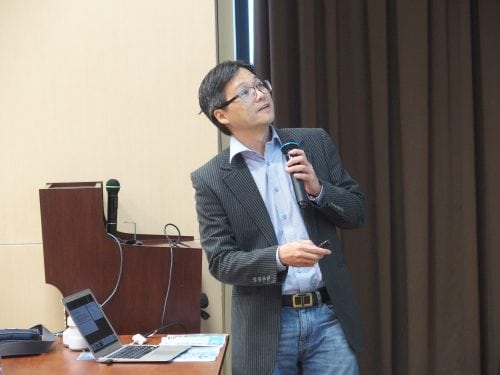| Talk title | Genetics of Idiopathic Scoliosis and animal models |
| Speaker | Prof. Nelson Leung-Sang TANG Professor Department of Chemical Pathology, The Chinese University of Hong Kong |
| Date & Time | 16 January 2018 (Tuesday) 15:00-16:00 |
| Venue | Room G004, E12 Building (University of Macau) |
| Abstract | Making of a genetic disease: Prof. Tang is the first to propose a complex trait (polygenic) model of Adolescent Idiopathic Scoliosis (AIS). AIS had been long considered as a bone defect manifesting during puberty. Although rare familial cases were reported, it was considered a mechanical defect by itself and a primary focus was put on surgical correction of the curve.
Prof. Tang first proposed a polygenic model for AIS more than 10 years ago. He traveled widely to convey his idea. He has been funded by the Cotrel foundation in the Institute de Frances. With data obtained, he developed the nowadays widely accepted Initiation – Progression model which could account for different side of bending even among identical twins. With this model, genetic factor will predict who will get the disease (initiation of the bending / curve) but it may not predict which side it will go or how bad it will become (progression depends on other factor like mechanical and environmental). This approach allow standardization of phenotypes. Among a brief period of trying linkage analysis in AIS families, he became the first advocate to perform GWAS for AIS. Although funding was not provided in the first place, a GWAS in Chinese patients was carried out recently under his supervision. Here are a list of the loci contributing to onset of AIS: LBX1, PAX1, PAX3, TNIK, MEIS1, MAGI1. They are either components of the WNT pathway or Homeobox genes. It looks like that scoliosis represent a segmental development defect specifically occurring in puberty (as the vertebrae grows normally at childhood). |


